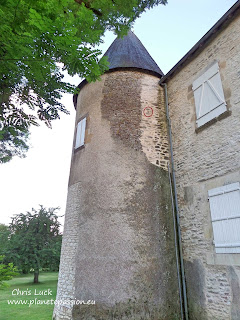Most of us will have seen this or similarly worded headlines
on a myriad of mainstream media sites, blogs, alternative information sites and
sites that are simply click bait for advertising revenue. Many of these so
called articles are full of sensational erroneous statements and speculations
that have no factual or scientific foundation what so ever.
Large numbers of people will have liked, shared and
commented on these pages without any idea of what the reality is or giving it
any real thought. Most of us do this at
some time or another on social media because to do otherwise would be too time
consuming.
So what actually is the reality?
Yes, France France
However, that is not the end of the story. Neonicotinoids are still used in flea
treatments for domestic creatures and in the house plant industry.
There is little point discussing just how much, if at all,
the neonicotinoids that were used in France
It is however highly likely that they have contributed in no
small manner to the decline of many other insect and bee species by virtue of
sub lethal doses adding one more stress factor. Having said that, it’s
impossible to quantify exactly what role they played against the backdrop of
massive habitat loss and the large scale use of other pesticides, (some 2,500
authorised in France
Here comes the rub. Without meaning to sound churlish,
banning the five neonicotinoids in itself isn’t that big a deal when it comes
to protecting the environment and saving our wildlife populations as a whole. What
the ban has brought about is a return to open spraying of other pesticides,
(although fungicides have always been open sprayed). The problem is particularly bad when it comes
to OSR* where the crops are sprayed when in full flower. This not only impacts
all the different insects that are foraging or living there but also all the
birds that nest in or along the margins of this crop. In particular Linnet, Stone Chat, Yellow
Wagtail, Corn bunting, Yellowhammer, Hen Harrier and Montague’s Harrier.
Hedgehogs may also be present and foraging although not during actual spraying.
Click on image to expand
In conclusion, although this ban may be beneficial it is
nowhere near enough given France is one of the greatest users of pesticides in
Europe, something that is increasing at a substantial rate year on year. Huge changes have to be made if we are “to save everything” and not simply
shuffle the cards using the same deck and still be killing as many species.
OSR – Oil Seed Rape.
Pesticides – an overall generic term now used for all
“cides”. Insecticides, Herbicides, Fungicides,
Rodenticides and so on.
Chris



